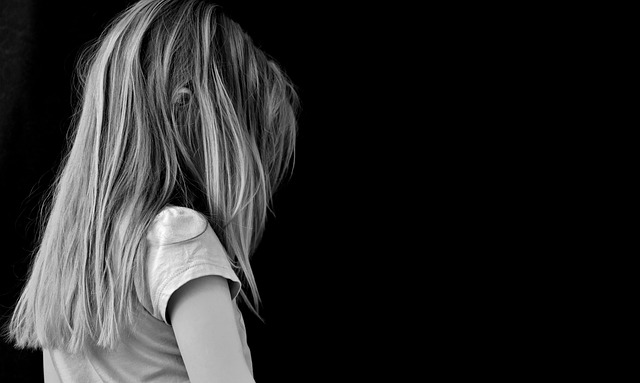When we think about photography, the first elements that often come to mind are the camera and its optics. However, one of the most profound influences on how a photo resonates with viewers is the lighting condition under which it is shot. Among the different lighting techniques, sad lighting holds a unique power to evoke emotion, drawing on shadows and soft hues to create images that speak to the heart.
Sad lighting can transform a mundane scene into a hauntingly beautiful narrative. Imagine a foggy day where soft, diffused natural light wraps around a lone figure seated at a bus stop, their expression lost in thought. The subdued colors and gentle shadows combine to create not just a picture, but a story—one that viewers can relate to in myriad ways. It’s this embrace of melancholy that reminds us all of moments filled with introspection and longing.
In photography, the capabilities of our cameras allow us to explore various lighting conditions, but the art of mastering sad lighting often comes down to understanding the optics involved. By utilizing wide apertures, photographers can create a shallow depth of field, allowing the subject to stand out while the background softly blurs away. This technique emphasizes emotions by crafting a cocoon-like atmosphere that isolates the subject in their moment of vulnerability.
Moreover, the time of day we choose to shoot can have a profound effect on the outcome of our images. The golden hour, just before sunset, can lend a warm but somber glow to scenes when utilized correctly, complementing the depth of feeling captured within the frame. Conversely, overcast days serve as excellent backdrops for sad lighting. The soft, diffused light minimizes harsh contrasts and provides a nearly ethereal quality that invites viewers to step into the narrative woven by the photographer.
Post-processing plays a critical role as well. Subtle adjustments in contrast and saturation can enhance the emotional weight of an image, amplifying the sadness conveyed through such lighting. Darkening the shadows or increasing the cool tones can help in establishing that emotional connection. After all, photography is not just about what we see; it’s about what we feel when we look at an image.
Let’s not forget the storytelling aspect that accompanies sad lighting. Every photographer has a unique perspective, and their choice in lighting can narrate tales of loss, nostalgia, or heartbreak. Each photograph captured under this soft yet powerful lighting has the potential to resonate deeply with an audience, inviting them to reflect on their own experiences and emotions.
As we navigate the realm of photography, understanding how to utilize sad lighting is essential for those looking to create inherently emotional work. Whether you’re capturing a fleeting moment or a deliberate portrait, the way light interacts with your subject can dictate the mood of your photograph. Therefore, one should not shy away from those seemingly gloomy conditions—embrace them, and let them guide your storytelling in ways you might never have imagined.




